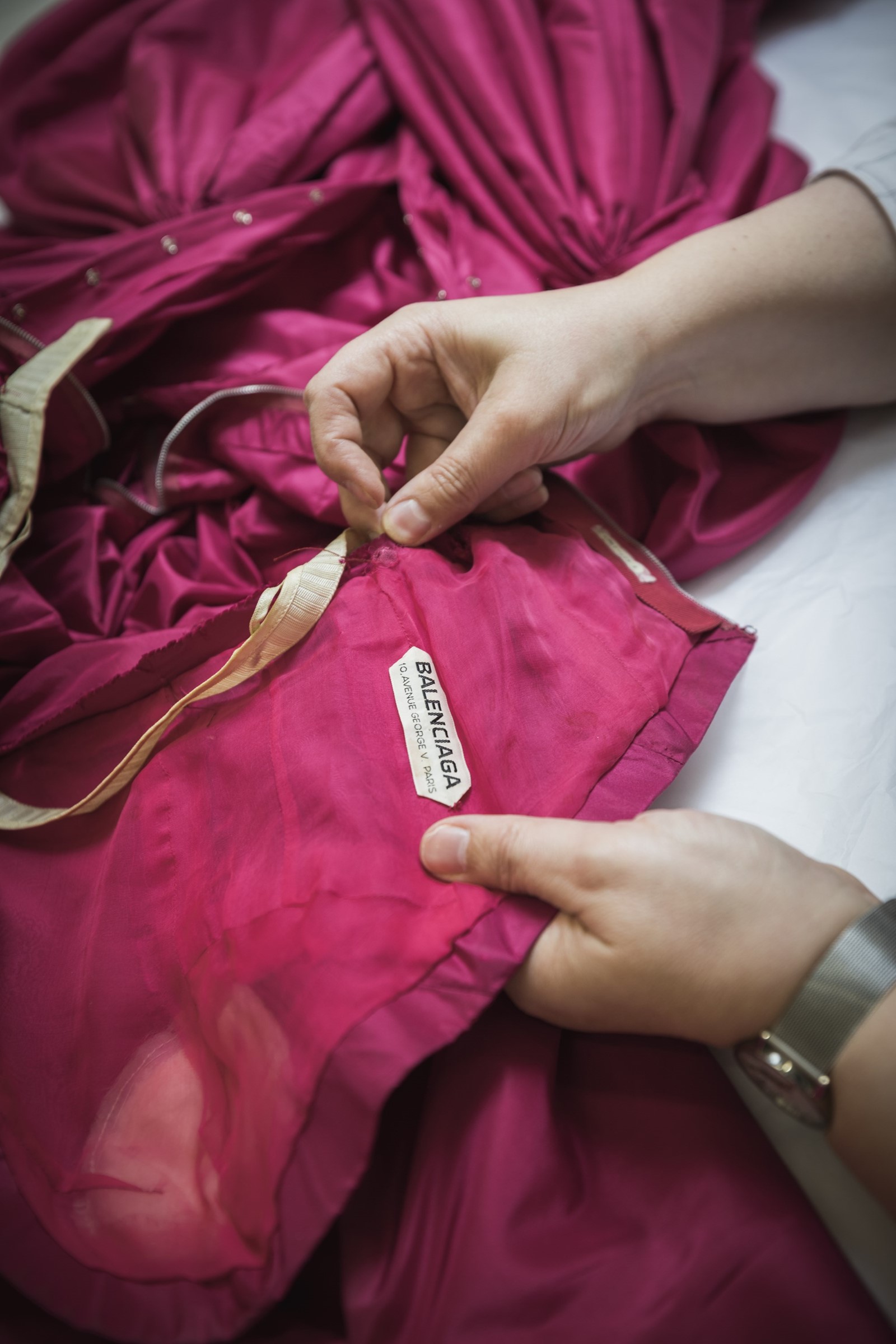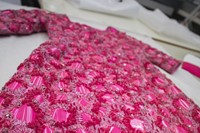Were Cristóbal Balenciaga alive today, no doubt he would have abhorred selfie culture; the couturier was notoriously private, giving only one interview in his lifetime – after he retired. And yet, despite his shunning of the spotlight, no designer invites hyperbole quite like he did. To Dior he was “the master of us all”; to Chanel the “only real designer”. Ex-apprentice Hubert de Givenchy said Balenciaga taught him more than the Bible ever did, Diana Vreeland quipped that when you wore Balenciaga you were “the only woman in the room”, and prolific client Mona von Bismarck took to her bed in distress for three days when he closed his atelier in 1968. The ultimate designer’s designer? Probably. Would fashion have looked different without him? Definitely.
Now, to mark the centenary of the opening of his first fashion house in San Sebastián and the 80-year anniversary of his Paris debut, the Basque-born couturier is the subject of a new retrospective at the Victoria and Albert Museum, Balenciaga: Shaping Fashion.
Focusing on the latter part of his career, the exhibition explores some of Balenciaga’s most revolutionary designs (and the ones our wardrobes are still indebted to today) such as the babydoll, shift and sack dresses, their waistless silhouette shocking at a time that was still enamoured with the fit and flare of Dior’s New Look. The message is clear from the off: he was couture’s great agitator, shaking up the system with his uncompromising approach and aesthetic. “He was always in pursuit of his own ideal of beauty, not doing what other people were doing,” says the show’s curator Cassie Davies-Strodder when I meet her and the V&A’s head of textiles and fashion conservation, Joanne Hackett, for a tour of the exhibition a few days before it opens.
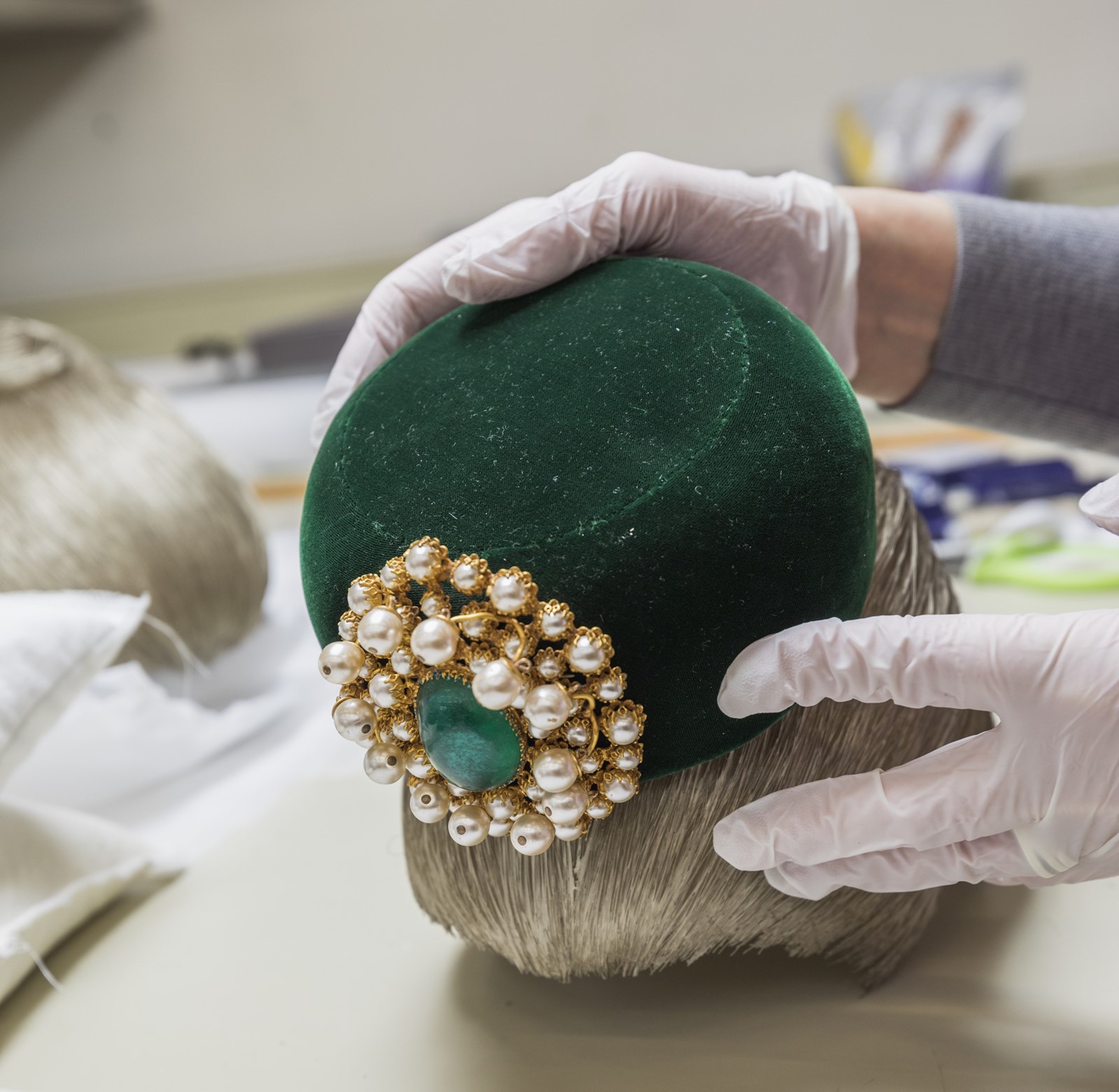
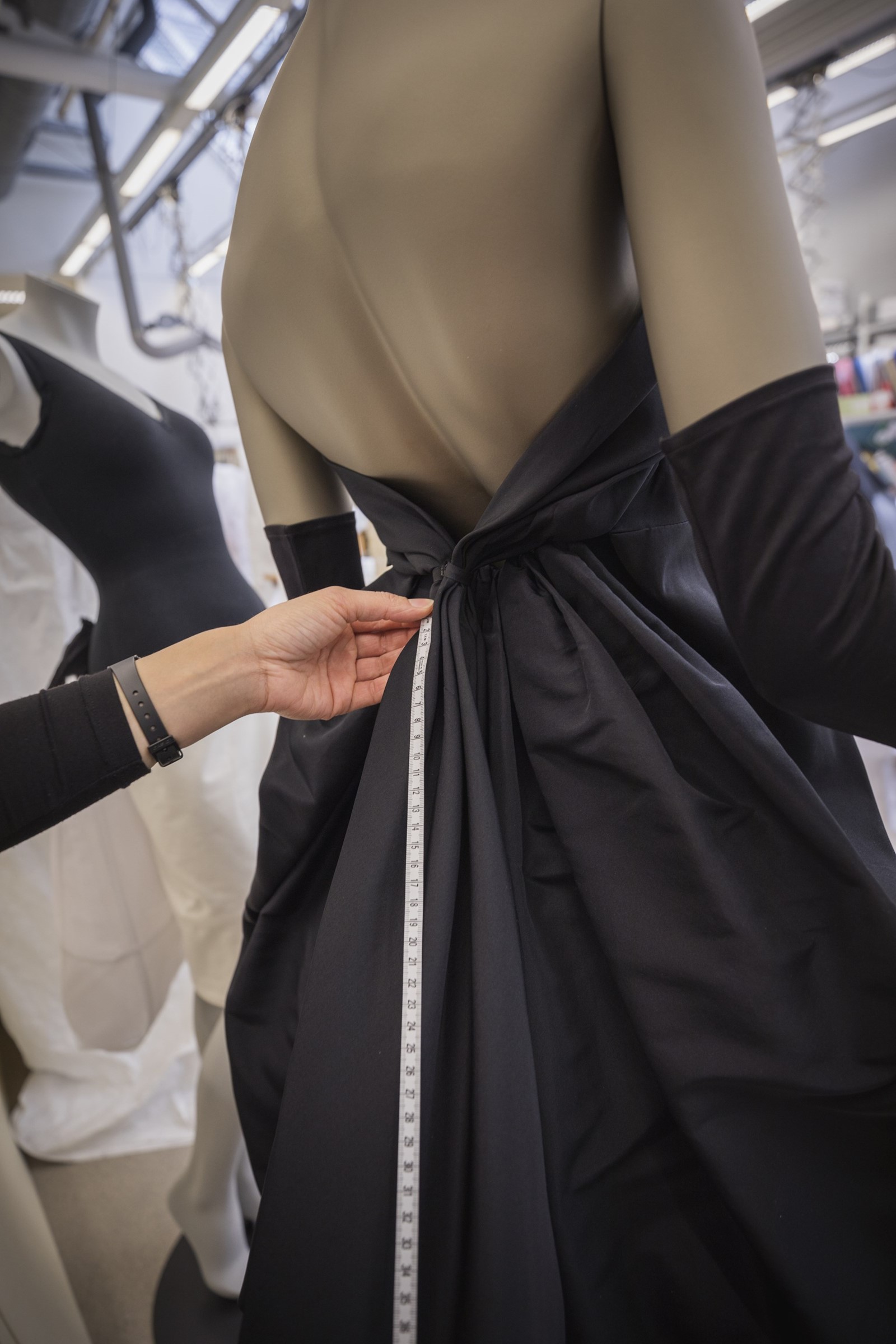
Even for one well-versed in the language of Balenciaga, Shaping Fashion is a potent reminder of how modern his arresting aesthetic still feels today. Take the 1961 green silk-gazar gown one first sees on entering the gallery. With its gargantuan bubble-like skirt and matching cape, it has more than a whiff of Comme des Garçons’ lumps and bumps about it (indeed, in its celebration of an agenda-changing designer, the show has a timely parallel in the Met’s recently opened Comme retrospective). Although the majority of pieces on display come from the V&A’s own archive, this one was borrowed from the Chicago History Museum and travelled with its own conservator.
So why is Balenciaga so revered by other designers? Davies-Strodder says it’s his skill; his superlative mastery of cut and command of fabrics is what makes that purity of form so effective. Having started work as a tailor’s apprentice aged 12, “unlike many couturiers he was able to draft a pattern, cut a pattern, assemble a garment and finish it. When contemporary designers come to look at our archive they’re often worshipping the pattern cutting that’s involved.” The sleeves, in particular, are “a big thing” for them, she adds.
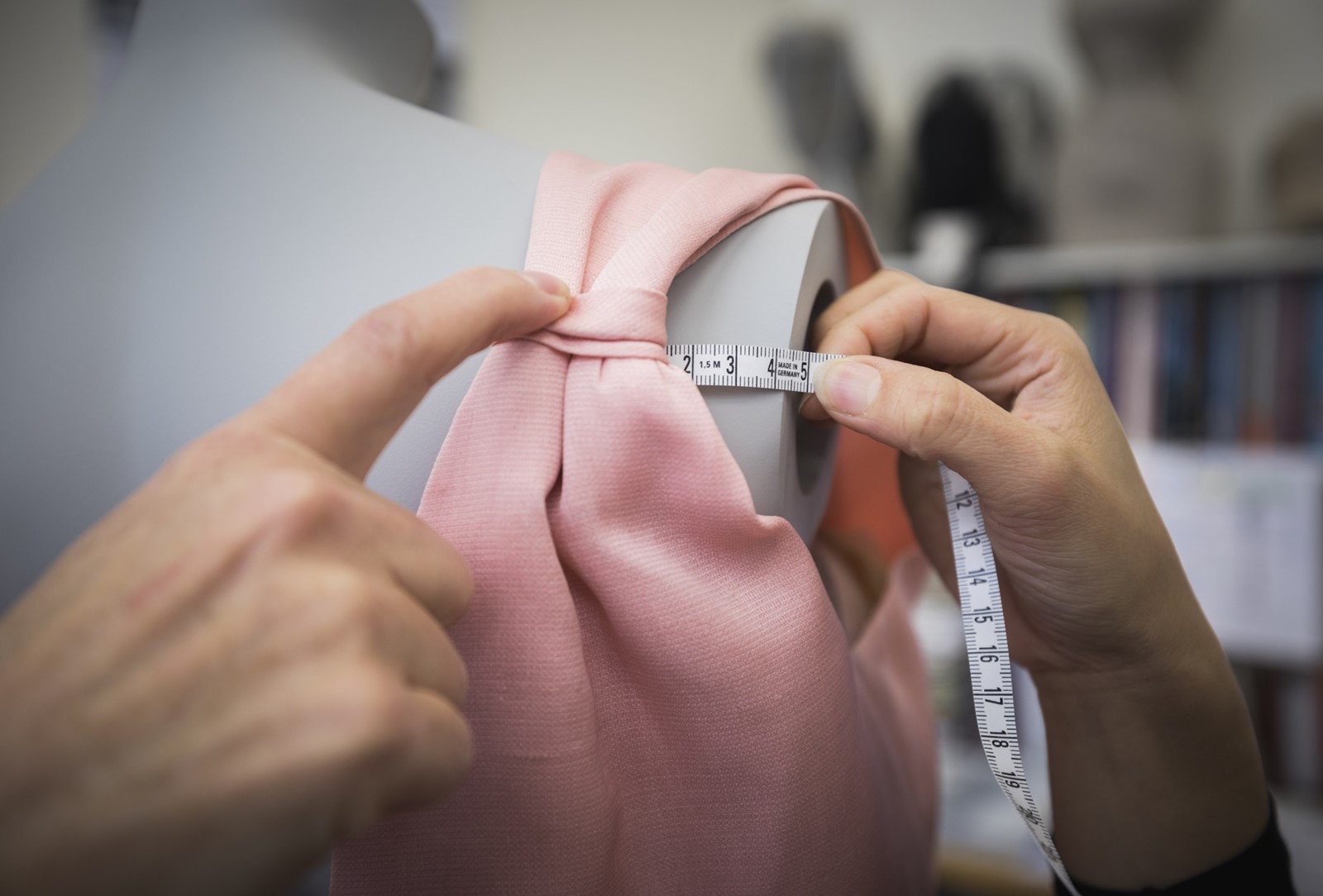
Much like the swan which is gliding on top of the water but paddling maniacally beneath, the exhibition divulges the hidden workmanship and engineering that went into concocting these paradigms of minimalism. Sculptural simplicity, argues Davies-Strodder, is a much harder feat to pull off than a razzle-dazzle gown. “There’s nowhere to hide. If you’re just using fabric you can see every detail, it’s exposed.” They’re also meticulously finished, adds Hackett, saying that when looking to undertake fibre investigation she struggled to find a single stray thread on some pieces.
“The biggest surprise was seeing how seemingly simple garments can be so complicated,” says Hackett. “They look super simple but when you get down to the nitty gritty they’re not.” To show this, a column dress is displayed inside out, busting the myth that Balenciaga didn’t use corsetry. Other pieces were X-rayed by artist Nick Veasey to reveal hidden construction and strategically placed weights, while animated patterns are painstakingly recreated by London College of Fashion students to show the surprising level of construction. A 1954 taffeta bubble-hem evening gown, the first piece to ever be picked up for the V&A archive in 1968, is so challenging it befuddled even the curator who acquired it, describing it as “an oddity”.
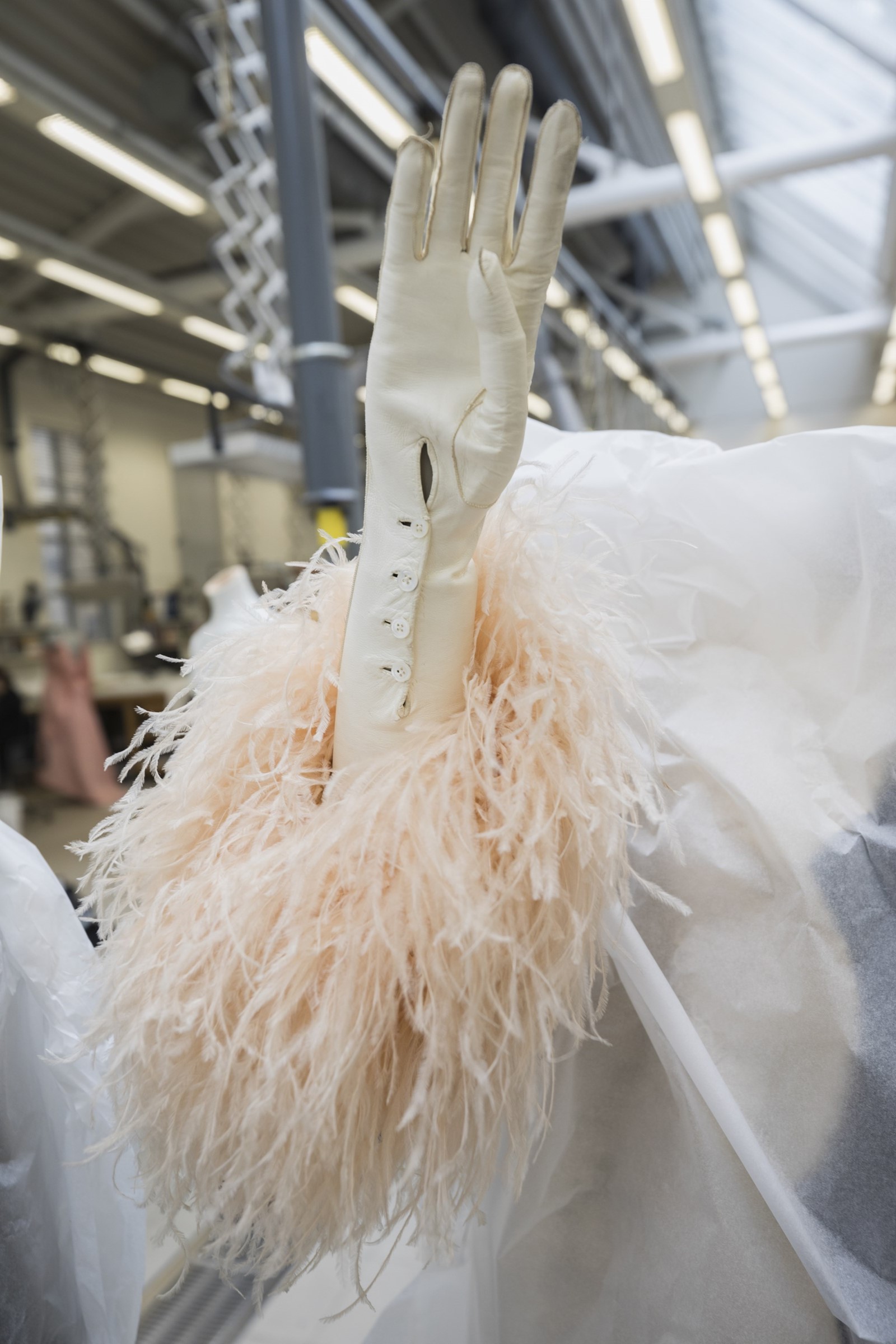
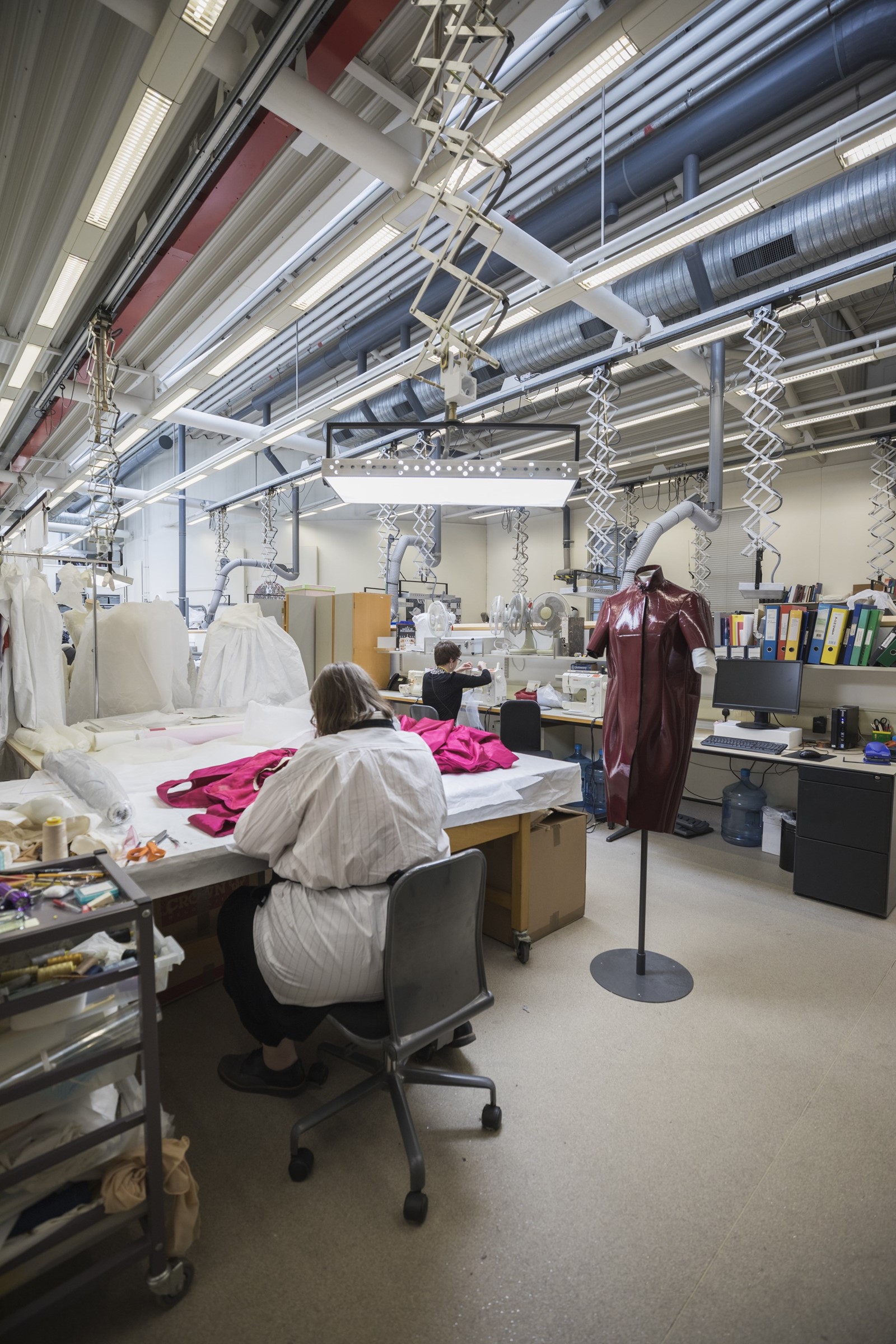
Another “oddity” is the iconic envelope dress, an angular construction of which only a couple were made – and one returned because the client couldn’t work out how to go to the bathroom in it. How on earth does it stay in that rigid silhouette? “Fabric and geometry,” says Hackett. Indeed, Balenciaga’s expert tailoring skills were matched by his innovation with fabrics. He started each collection with a swatch of material rather than a sketch, “a real sign of somebody who’s a maker rather than just a thinker,” says Davies-Strodder. So paper-thin taffeta appears almost air-whipped and a hat made of layers of cellophane and ramie has required more conservation than any other item, but still retains the lustre of a crown of mussels over 50 years later. Silk-gazar – which he developed with Swiss textile house Abraham – is a “fabulous fabric to work with, it reacts really well to humidity and steam, you can shape it and get a crisp finish,” says Hackett.
Despite the forensic-level investigation into the craftsmanship, there remains an emotional resonance at the forefront of the work for both women. “You get very attached to them,” says Hackett of the pieces. “And slightly protective sometimes.” For Davies-Strodder the garments offer a gateway into the designer’s mind: “You get a sense of being in his head and the fact that he is clearly someone who was a perfectionist – that’s really obvious from looking at the work.”
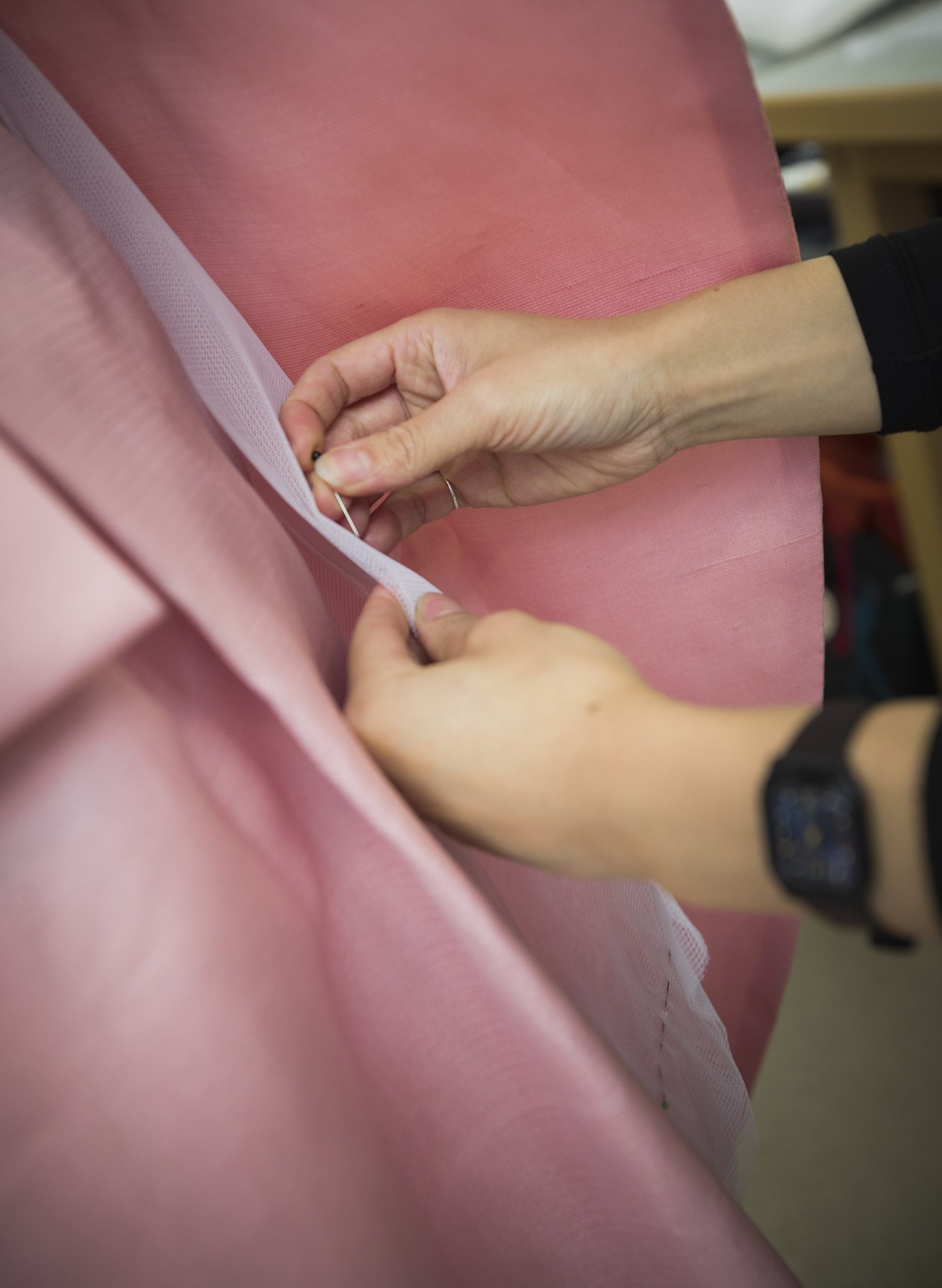

The rarefied world of couture might seem to hold little in common with what we wear today – but that couldn’t be further from the case, as the second part of the exhibition demonstrates. Dedicated to the designer’s legacy, it traces the Balenciaga effect across a diverse body of work from a wide range of designers; from his apprentices like André Courrèges and Emanuel Ungaro to contemporary names such as J.W. Anderson, Iris Van Herpen, Phoebe Philo and ex-Balenciaga alumnus Nicolas Ghesquière. An electric blue nylon coat from Demna Gvasalia’s Balenciaga offers a neat bookend to the show, the off-the-shoulder silhouette echoing the stand-away collars favoured by the “master”.
Davies-Strodder likens Balenciaga’s influence to the ripple effect of a pebble dropping in water. Or to return to some more hyperbolic language for a moment, as Diana Vreeland put it: “Balenciaga gave the world fashion”.
Balenciaga: Shaping Fashion runs from May 27, 2017 until February 18, 2018 at the V&A.
